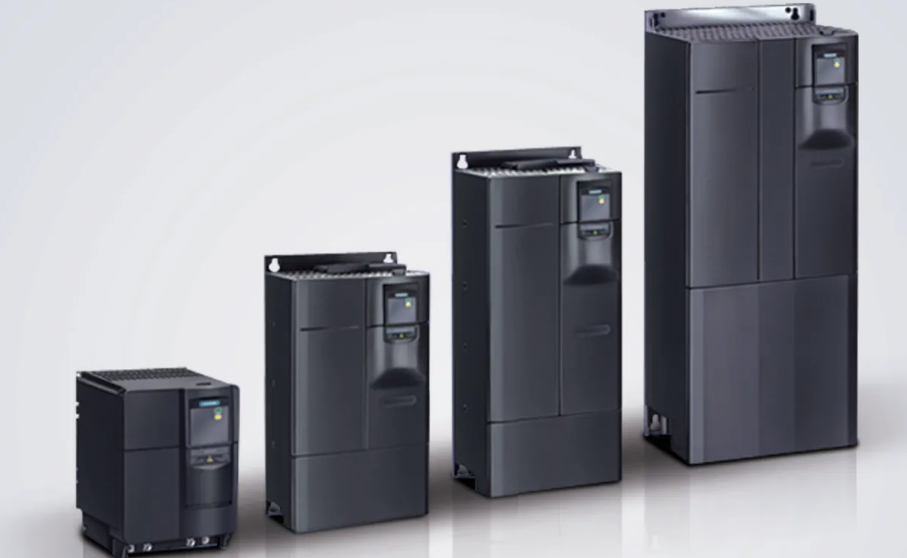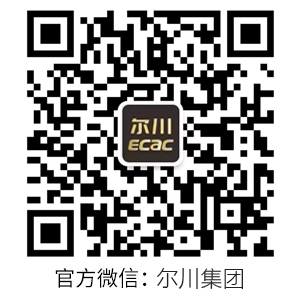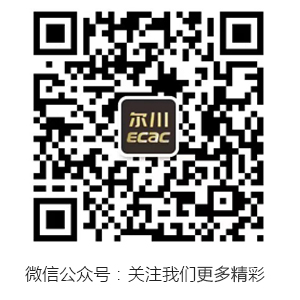Frequency converters and servo drives are commonly used electrical equipment, but why use two different types of electrical equipment to control motor frequency! Below will be an introduction and comparison from three aspects: frequency converter, servo motor control, and motor.

In terms of frequency converters:
A simple frequency converter can only adjust the speed of the communication motor, and the ability to open or close the loop depends on the control method and frequency converter, which is the traditional V/F control method. Nowadays, many frequency converters have undergone the establishment of mathematical models, converting the stator magnetic field UVW3 phase of the communication motor into two components of current that can control the motor speed and torque. Most well-known brand frequency converters that can control torque now use this method to control torque. The output of each phase of UVW needs to be equipped with a current detection device with a molar effect, and after sampling and reaction, the PID adjustment of the current loop that forms a closed-loop negative reaction is formed; The frequency conversion of AFSEN proposes a different direct torque control skill from this method. This can control both the speed and torque of the motor, and the speed control accuracy is better than v/f control. The encoder response can be added or not, and the added time control accuracy and response characteristics are much better.
In terms of motors:
The material, structure, and processing technology of servo motors are much higher than those of AC motors driven by frequency converters (usually AC motors or various types of variable frequency motors such as constant torque and power). In other words, when the driver outputs a power source that changes rapidly in current, voltage, and frequency, the servo motor can respond to changes in the power source, and its response characteristics and overload resistance are much higher than those of AC motors driven by frequency converters, The difference in motor function is also the fundamental reason for the difference between the two. That is to say, it is not that the variable frequency output cannot change the power signal so quickly, but that the motor itself cannot react. Therefore, in the internal algorithm setting of variable frequency, corresponding overload settings were made to maintain the motor. Of course, even if the output capacity of the frequency converter is not set, it is still limited. Some excellent frequency converters can directly drive servo motors.
In terms of servo drivers:
On the premise of developing frequency conversion skills, the servo driver has performed more accurate control skills and algorithm calculations on the current loop, speed loop, and azimuth loop (which are not available in the frequency converter) inside the driver, and is much more powerful in functionality than traditional servo systems. The main point is that it can perform accurate azimuth control. The pulse sequence sent by the upper controller controls the speed and direction (although some servo systems integrate control units or directly set parameters such as direction and speed in the driver through bus communication). The algorithm, faster and more accurate calculations, and better performance electronic devices inside the driver make it superior to the frequency converter. PLC training course
An important difference between servo and variable frequency is:
Variable frequency can be achieved without an encoder, while servo must have an encoder for electronic commutation. The technology of AC servo itself draws on and applies the technology of variable frequency, which is achieved by imitating the control method of DC motor through variable frequency PWM based on the servo control of DC motor. This means that AC servo motor must have a variable frequency link: PLC data variable frequency is to first convert 50 and 60Hz AC power into DC power, Then, various transistors (IGBT, IGCT, etc.) that can control the gate are connected
















